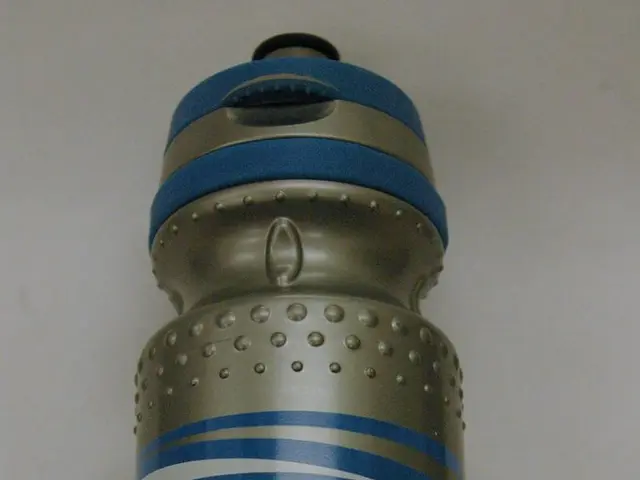Scientists Successfully Develop Solar-Driven Hamster Cell Tissues
Imagine if you could refill your energy reserves simply by basking in the Sun's rays. Historically, this ability to convert carbon dioxide (CO2) and water into oxygen and energy has been the exclusive domain of plants and algae. However, scientists in Japan have now managed to generate photosynthetic animal cells.
The scientists obtained chloroplasts—components responsible for photosynthesis—from red algae and inserted them into hamster cells. This fusion granted animal cells the ability to conduct photosynthesis. This groundbreaking discovery, reported in a study published on October 31 in the journal Proceedings of the Japan Academy, challenges the notion that merging chloroplasts with animal cells is an insurmountable task.
According to Sachihiro Matsunaga, a co-author of the study, from the University of Tokyo, this is the first reported incidence of photosynthetic electron transport in chloroplasts within animal cells. He added that they assumed the chloroplasts would be devoured by the animal cells within a few hours of introduction. However, they discovered that the chloroplasts persisted and functioned for up to two days, and photosynthetic activity occurred.
The researchers validated their findings by examining the chloroplast within the hamster cells using various imaging techniques and employing a method that utilizes pulses of light to establish that photosynthetic electron transport indeed took place. According to the study, "We speculated that chloroplasts incorporated into animal cells may remain stable and continuously produce energy regardless of environmental conditions."
While the concept of sunlight-powered animals is captivating, that's not the primary objective. The team envisions practical applications, such as incorporating these photosynthetic animal cells into artificial tissue engineering. They propose that "planimals," as they have been nicknamed, could resolve the issue of lab-grown tissues, like artificial organs and meat, that struggle to grow due to low oxygen levels inside the tissue.
By integrating chloroplast-injected cells, oxygen could be supplied to the cells via photosynthesis, leading to better conditions inside the tissue, enabling growth. The researchers noticed that the chloroplast-infused hamster cells exhibited a higher growth rate, suggesting that the chloroplast provided an additional carbon source (fuel) to the animal cells along with oxygen.
The team intends to carry on their pioneering research on these "planimal" cells. Who knows, in the near future, your houseplants might not be the only ones gaining energy from the Sun.
The development of photosynthetic animal cells could revolutionize various fields in the future, particularly in science and technology. For instance, these cells might be utilized to enhance oxygen levels in laboratory-grown tissues, such as artificial organs, thereby improving their growth rate. Moreover, the potential application of such technology could extend beyond medical fields, with the possibility of solar energy conversion becoming a reality for various animal species in the future.








